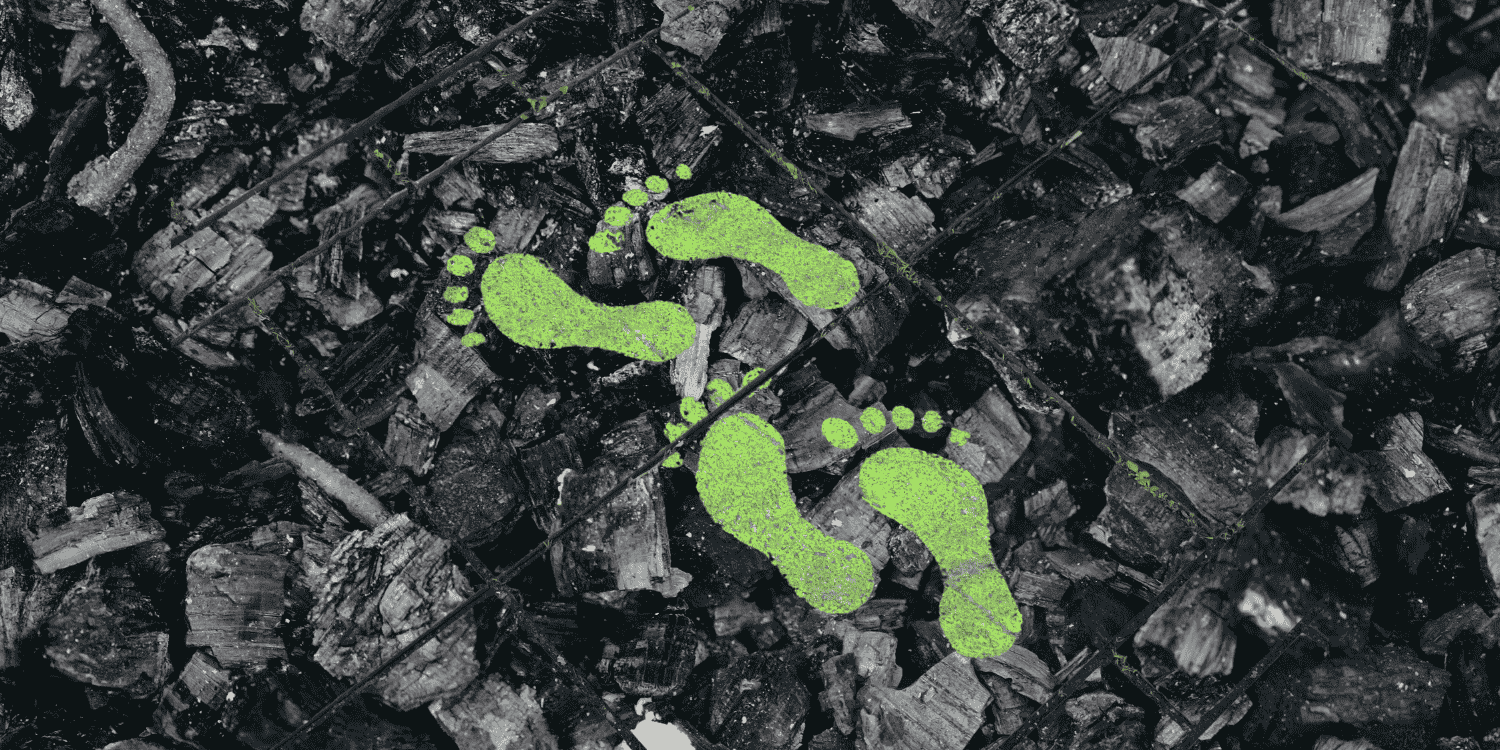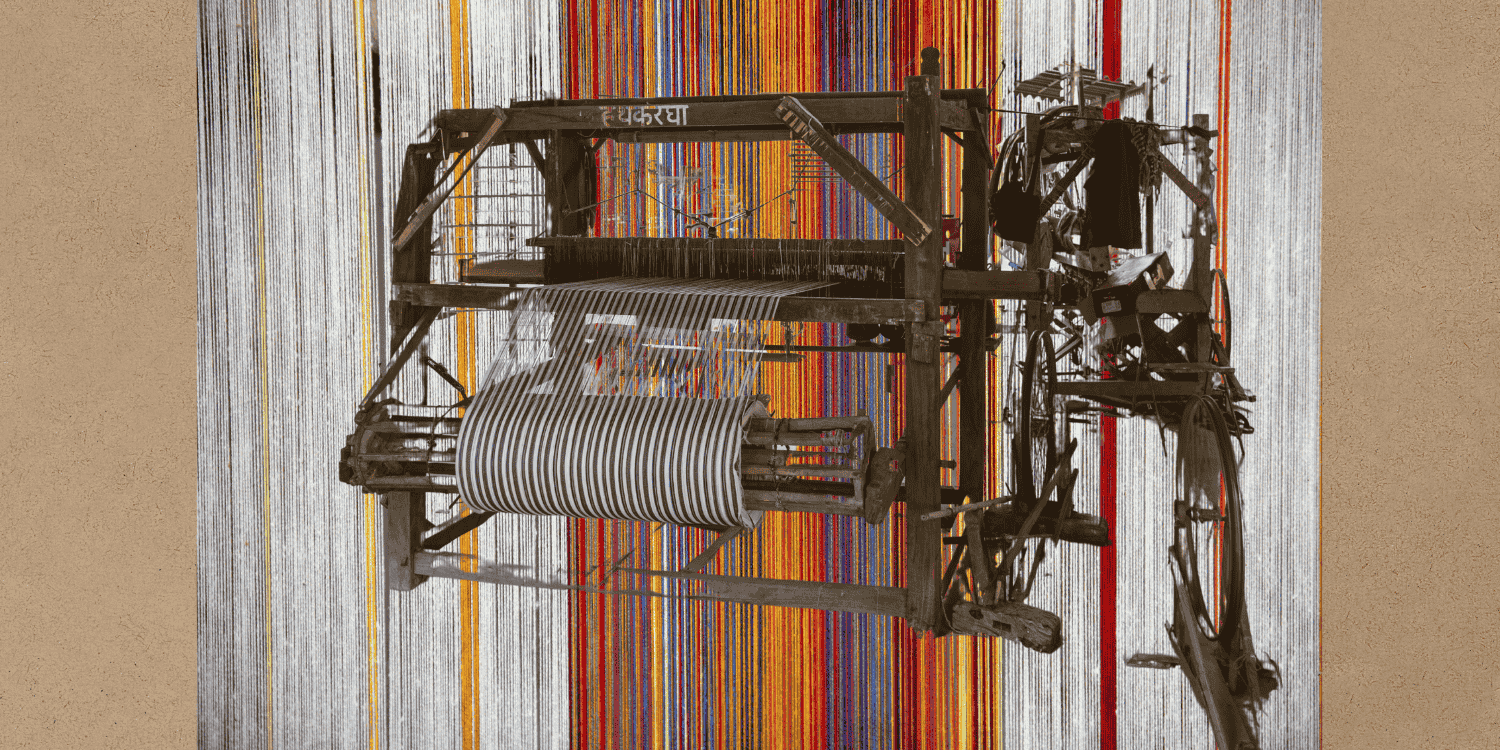Child labour involves the engagement of individuals aged five to fourteen in work, a range ostensibly banned by Indian law, and remains a pervasive issue. India has the highest num- ber of child labourers globally, with an estimated 11.7 million children engaged in hazardous occupations and processes, constituting 4.5% of the children in the 5-14 age group (National Census Survey, 2011). Increases in child labour post the COVID-19 pandemic underscore the insidious side of domestic and global supply networks. This issue brief explores the persistent challenge of child labour in India and scrutinises the legislative framework, partic- ularly for adolescents engaged in non-hazardous work. The latter part of the brief explores Conditional Cash Transfer (CCT) programs as potential solutions through a brief review of CCT schemes in India and their impact on incentivizing education to reduce child labour.

India’s and Other Emerging Carbon Markets in the Developing World
Abstract Exactly 28 years ago, with the Kyoto Protocol; a result of the Earth Summit held at Rio De Janeiro in Brazil, carbon markets came into existence to address climate change, and it established the foundation for carbon markets by introducing market-based mechanisms like emissions trading. Carbon markets allow countries to trade emission reduction credits, […]





